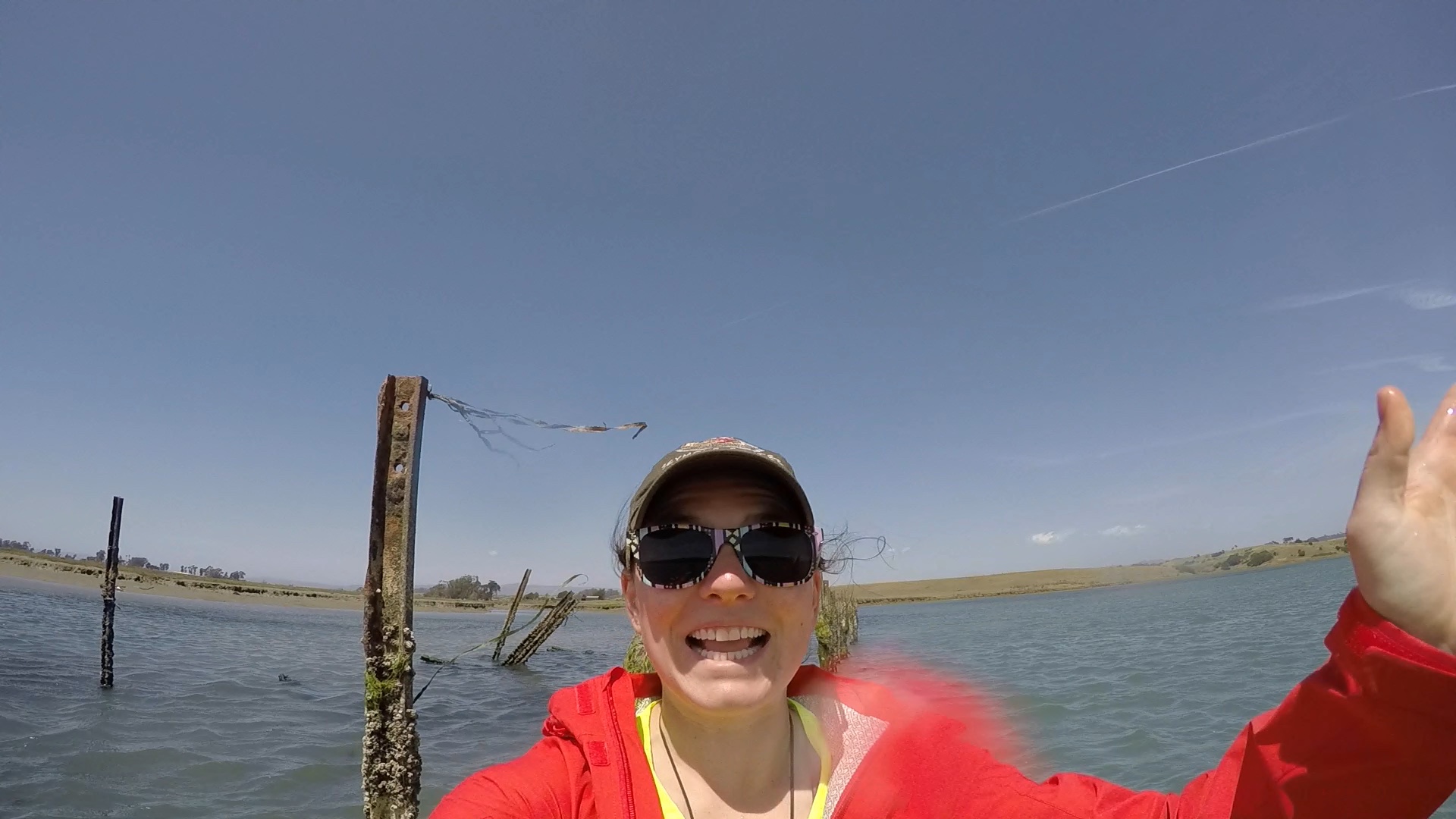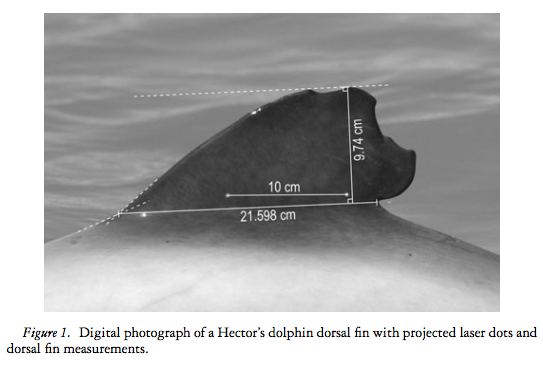Seeing as I’m still waiting on the final confirmation from the permit office, I’ve decided to use my “spare time”* to test out as much equipment as possible and get as accustomed to my field site as possible.
*I use this phrase loosely, because really when is there ever a moment that a grad student has nothing to do…
Most of the equipment I’m using this summer is fairly basic – I’ve got the usual hydrophone/recorder set-up and a standard GPS unit and laser rangefinder. I also bought myself a GoPro, because what kind of marine research project would this be without a GoPro?! And I just have to say, the GoPro camera is by far the least intuitive piece of equipment I have this summer. It took an embarrassing amount of time just to figure out how to open the waterproof case. It also took a bit of practice to figure out the difference between the video mode and the photo mode. I gave a great explanation of my field site to the GoPro camera on photo mode.

While there was a definite learning curve with the GoPro, there was no real assembly required. There are a few pieces of equipment, however, with which I’ve chosen to get a little creative. Most notably is the equipment I’ve designed to collect morphometric data on hauled out harbor seals. Morphometrics is a fancy word that basically means, “let’s measure how big that thing is.” This is useful data for bioacousticians who are interested in seeing if size differences between individuals carry over into the vocal differences between individuals. I happen to be one of those bioacousticians.
After digging a bit through the literature, and after some helpful direction from Susan (paraphrased email: “Leanna, read this very specific paper that outlines exactly what you want to do”), I landed on a paper by Webster et al**. In this paper they explain how they mounted a pair of lasers to a camera, took pictures with the camera, and used the dots from the lasers to make post-hoc measurements of Hector’s dolphin dorsal fins. Basically, if you know how far apart the lasers are, and if you know how far away the animal is, then you know how far apart the laser dots are in the picture. Plug this into some photo analysis software, and you can make all sorts of measurements! I took this idea, ran with it, bought some lasers, and started taking pictures.

For my set-up, I used hose clamps, zip ties, super glue, and a PVC pipe to jerry-rig a mount for my two lasers. I also placed a bolt in the middle of the lasers so I could screw it into the tripod mount of my camera. There were days of finagling with the lasers to keep them in the camera’s viewfinder, but as of now they are securely fastened to the PVC pipe and are ready to be used for photographing harbor seals! I’m planning on making as many measurements of individual seals as possible, and hopefully I’ll be able to do some weight estimation with these measurements as well. This is a great way to collect data on wild animals without disturbing them. It worked for Hector’s dolphins, so now we just need to wait and see if it works for harbor seals!
**Webster, T., S. Dawson, and E. Slooten. “A simple laser photogrammetry technique for measuring Hector’s dolphins (Cephalorhynchus hectori) in the field.” Marine Mammal Science 26.2 (2010): 296-308.